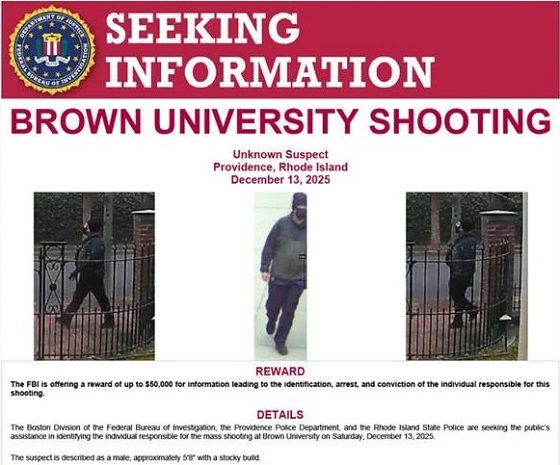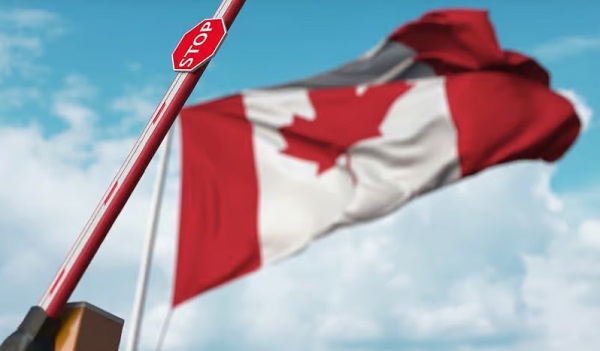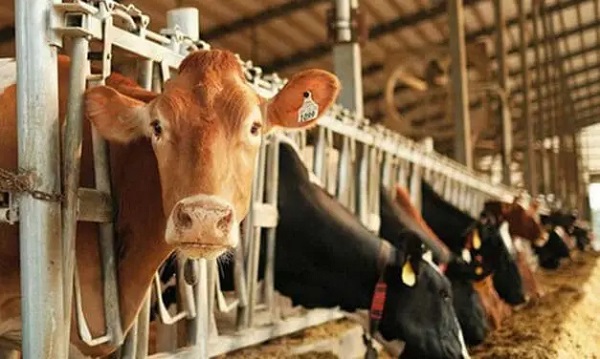armed forces
Lest we forget our military
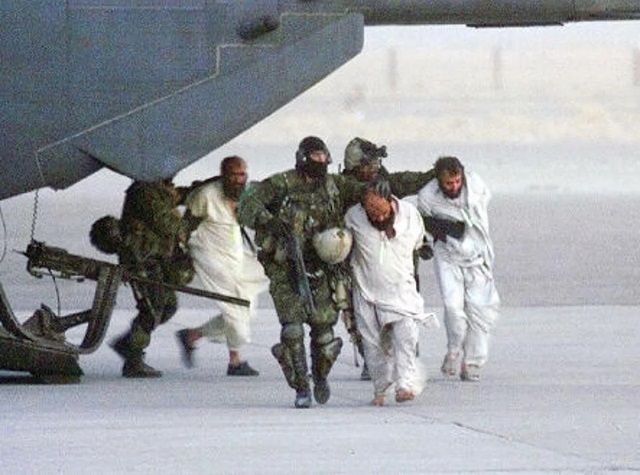
From the Frontier Centre for Public Policy
By Lee Harding
An ocean of distance separates Flanders Fields from Ottawa. By now, we are separated just as much from the sentiments of the poem with the same name. In Flanders fields
An ocean of distance separates Flanders Fields from Ottawa. By now, we are separated just as much from the sentiments of the poem with the same name.
In Flanders fields the poppies blow
Between the crosses, row on row,
………..If ye break faith with us who die
We shall not sleep, though poppies grow
In Flanders fields.
The author, John McCrae, was one of 61,000 Canadian soldiers killed in the Great War. Forty thousand Canadians followed them In the Second World War. Their sacrifice, competence, and accomplishments did much at home and abroad to make the world notice the once-colonial Canada had come of age.
Alas, the armed forces began to erode a generation later. In early 1968 we saw the integration of the Canadian Armed Forces (CAF) partially as an exercise to reduce military spending and its numbers from over 105,000 to 70,000. The military expanded to 88,000 in the 1989 under Brian Mulroney’s leadership, but eroded thereafter.
The military in recent years has been increasingly short changed especially during the most recent years a time when the federal government has massively ramped up spending most everywhere else. Whereas Pierre Trudeau wanted to pull Canada out of NATO decades ago, his son Justin simply balks at the organization’s target of two per cent of GDP-spending. Instead, the sparsely-populated, second-largest country in the world dedicates just 1.29% of its economy to defence with an effective force of only 38,000 troops. Our $36.7 billion annual expenditure is about $20 billion short.
Back to Trudeau Sr. who had some unconventional sympathies. In 1952, he joined five Canadian Communists at a Soviet-sponsored conference in Russia. In 1960, he sojourned through China for six weeks at the invitation of the Maoist state, the same year he naively attempted to canoe from Florida to Revolutionary Cuba. As prime minister, Trudeau Sr. cherished Soviet ambassador to Canada, Alexander Yakovlev as a dear friend. Visits to Chairman Mao in China in 1973 and Fidel Castro in Cuba in 1976 brought mutual praise from both.
It’s hard to rally the troops against your foes when you consider them friends, so it was perhaps for both father and son. At the beginning of his new mandate in 2015 the new PM stated his admiration for China the most of all countries for its ability to get things done quickly because of it “basic dictatorship.” Coincidentally it turned out that the Canadian military was hosting Chinese troops on Canadian soil to train them in winter warfare.
Military readiness was subverted to politics when showcasing diversity and recruiting sexual minorities became the CAF’s overwhelming obsession. Unfortunately, this was not the only political overlay to distract, if not undermine, the forces.
Lawyer Catherine Christensen, who represents 300 veterans, told the National Citizen’s Inquiry on COVID-19 that the vaccine mandate devastated the military–and for this she holds the PM primarily responsible. Divisions killed morale, objectors retired early or were dishonourably discharged, while some were vaccine-injured. She warned the already bare-bones military has been reduced to a disturbingly vulnerable state.
Recently, military chaplains were informed they could no longer pray at public ceremonies, especially to a God conceived as a “He.” One military chaplain lamented to the press that Canada had “violated” its “covenant with the dead” who fought “for God and country.”
Lest we forget? Too late, we already have. In September, all 338 MPs stood and applauded an alleged Nazi who fought against our Russian allies in WWII. If McCrae is right, Canada’s war dead are all astir while its living are fast asleep.
Author
Lee Harding is a Research Fellow at the Frontier Centre for Public Policy
armed forces
Ottawa’s Newly Released Defence Plan Crosses a Dangerous Line

From the Frontier Centre for Public Policy
By David Redman
Canada’s Defence Mobilization Plan blurs legal lines, endangers untrained civil servants, and bypasses provinces. The Plan raises serious questions about military overreach, readiness, and political motives behind rushed federal emergency planning.
The new defence plan looks simple on paper. The risks are anything but.
Canadians have grown used to bad news about the Canadian Armed Forces (CAF), but the newly revealed defence mobilization plan is in a category of its own.
After years of controversy over capability, morale, and leadership challenges, the military’s senior ranks now appear willing to back a plan that misunderstands emergency law, sidelines provincial authority, and proposes to place untrained civil servants in harm’s way.
The document is a Defence Mobilization Plan (DMP), normally an internal framework outlining how the military would expand or organize its forces in a major crisis.
The nine-page plan was dated May 30, 2025, but only reached public view when media outlets reported on it. One article reports that the plan would create a supplementary force made up of volunteer public servants from federal and provincial governments. Those who join this civil defence corps would face less restrictive age limits, lower fitness requirements, and only five days of training per year. In that time, volunteers would be expected to learn skills such as shooting, tactical movement, communicating, driving a truck, and flying a drone. They would receive medical coverage during training but not pensionable benefits.
The DMP was circulated to 20 senior commanders and admirals, including leaders at NORAD, NATO, special forces, and Cybercom. The lack of recorded objection can reasonably raise concerns about how thoroughly its implications were reviewed.
The legal context explains much of the reaction. The Emergencies Act places responsibility for public welfare and public order emergencies on the provinces and territories unless they request federal help. Emergency response is primarily a provincial role because provinces oversee policing, natural disaster management, and most front-line public services. Yet the DMP document seems to assume federal and military control in situations where the law does not allow it. That is a clear break from how the military is expected to operate.
The Emergency Management Act reinforces that civilian agencies lead domestic emergencies and the military is a force of last resort. Under the law, this means the CAF is deployed only after provincial and local systems have been exhausted or cannot respond. The Defence Mobilization Plan, however, presents the military as a routine responder, which does not match the legal structure that sets out federal and provincial roles.
Premiers have often turned to the military first during floods and fires, but those political habits do not remove the responsibility of senior military leaders to work within the law and respect their mandate.
Capacity is another issue. Combat-capable personnel take years to train, and the institution is already well below its authorized strength. Any task that diverts resources from readiness weakens national defence, yet the DMP proposes to assign the military new responsibilities and add a civilian component to meet them.
The suggestion that the military and its proposed civilian force should routinely respond to climate-related events is hard to square with the CAF’s defined role. It raises the question of whether this reflects policy misjudgment or an effort to apply military tools to problems that are normally handled by civilian systems.
The plan also treats hazards unrelated to warfighting as if the military is responsible for them. Every province and territory already has an emergency management organization that monitors hazards, coordinates responses and manages recovery. These systems use federal support when required, but the military becomes involved only when they are overwhelmed. If Canada wants to revive a 1950s-style civil defence model, major legislative changes would be needed. The document proceeds as if no such changes are required.
The DMP’s training assumptions deepen the concerns. Suggesting that tasks such as “shooting, moving, communicating, driving a truck and flying a drone” can be taught in a single five-day block does not reflect the standards of any modern military. These skills take time to learn and years to master.
The plan also appears aligned with the government’s desire to show quick progress toward NATO’s defence spending benchmark of two percent of GDP and eventually five percent. Its structure could allow civil servants’ pay and allowances to be counted toward defence spending.
Any civil servant who joins this proposed force would be placed in potentially hazardous situations with minimal training. For many Canadians, that level of risk will seem unreasonable.
The fact that the DMP circulated through senior military leadership without signs of resistance raises concerns about accountability at the highest levels. That the chief of the defence staff reconsidered the plan only after public criticism reinforces those concerns.
The Defence Mobilization Plan risks placing civil servants in danger through a structure that appears poorly conceived and operationally weak. The consequences for public trust and institutional credibility are becoming difficult to ignore.
David Redman had a distinguished military career before becoming the head of the Alberta Emergency Management Agency in 2004. He led the team in developing the 2005 Provincial Pandemic Influenza Plan. He retired in 2013. He writes here for the Frontier Centre for Public Policy.
armed forces
Global Military Industrial Complex Has Never Had It So Good, New Report Finds
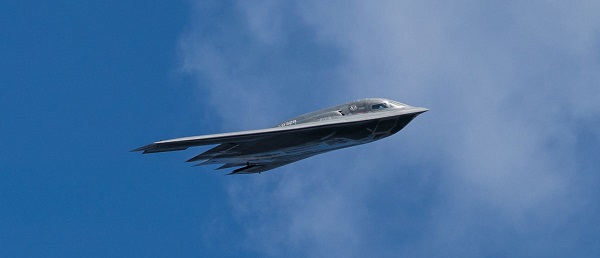

From the Daily Caller News Foundation
The global war business scored record revenues in 2024 amid multiple protracted proxy conflicts across the world, according to a new industry analysis released on Monday.
The top 100 arms manufacturers in the world raked in $679 billion in revenue in 2024, up 5.9% from the year prior, according to a new Stockholm International Peace Research Institute (SIPRI) study. The figure marks the highest ever revenue for manufacturers recorded by SIPRI as the group credits major conflicts for supplying the large appetite for arms around the world.
“The rise in the total arms revenues of the Top 100 in 2024 was mostly due to overall increases in the arms revenues of companies based in Europe and the United States,” SIPRI said in their report. “There were year-on-year increases in all the geographical areas covered by the ranking apart from Asia and Oceania, which saw a slight decrease, largely as a result of a notable drop in the total arms revenues of Chinese companies.”
Notably, Chinese arms manufacturers saw a large drop in reported revenues, declining 10% from 2023 to 2024, according to SIPRI. Just off China’s shores, Japan’s arms industry saw the largest single year-over-year increase in revenue of all regions measured, jumping 40% from 2023 to 2024.
American companies dominate the top of the list, which measures individual companies’ revenue, with Lockheed Martin taking the top spot with $64,650,000,000 of arms revenue in 2024, according to the report. Raytheon Technologies, Northrop Grumman and BAE Systems follow shortly after in revenue,
The Czechoslovak Group recorded the single largest jump in year-on-year revenue from 2023 to 2024, increasing its haul by 193%, according to SIPRI. The increase is largely driven by their crucial role in supplying arms and ammunition to Ukraine.
The Pentagon contracted one of the group’s subsidiaries in August to build a new ammo plant in the U.S. to replenish artillery shell stockpiles drained by U.S. aid to Ukraine.
“In 2024 the growing demand for military equipment around the world, primarily linked to rising geopolitical tensions, accelerated the increase in total Top 100 arms revenues seen in 2023,” the report reads. “More than three quarters of companies in the Top 100 (77 companies) increased their arms revenues in 2024, with 42 reporting at least double-digit percentage growth.”
-
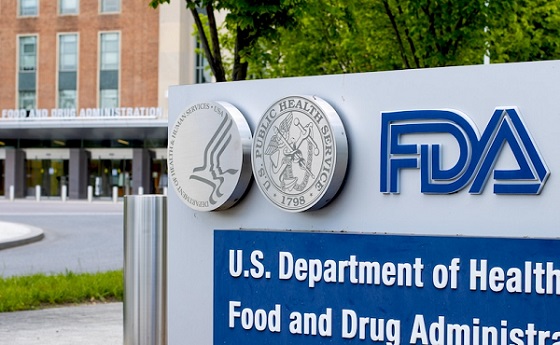
 Health2 days ago
Health2 days agoFDA warns ‘breast binder’ manufacturers to stop marketing to gender-confused girls
-
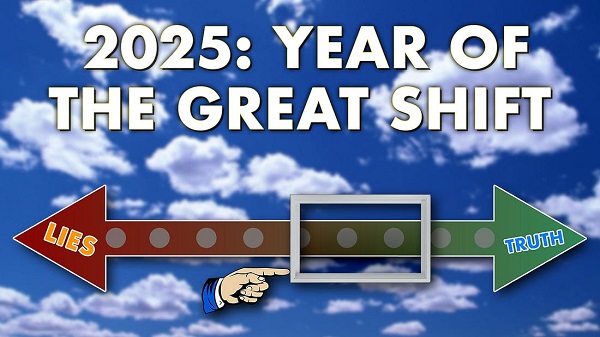
 International2 days ago
International2 days ago2025: The Year The Narrative Changed
-
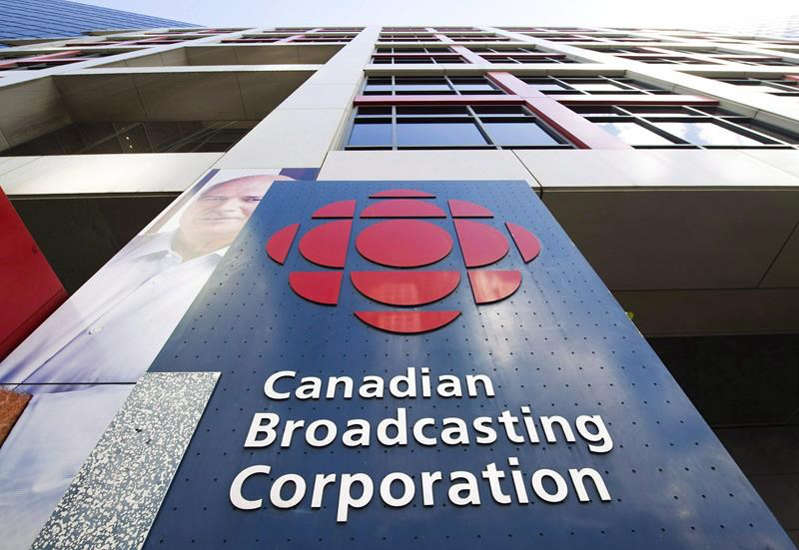
 Business2 days ago
Business2 days agoThere’s No Bias at CBC News, You Say? Well, OK…
-

 Uncategorized1 day ago
Uncategorized1 day agoMortgaging Canada’s energy future — the hidden costs of the Carney-Smith pipeline deal
-
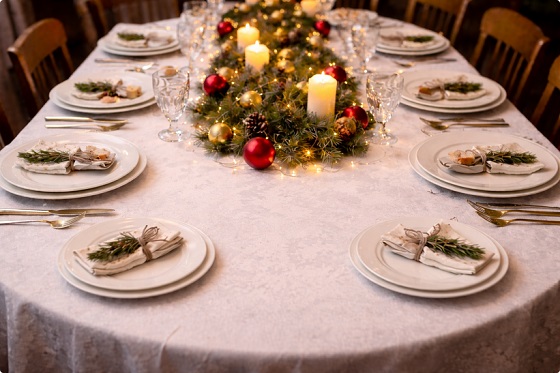
 Agriculture2 days ago
Agriculture2 days agoSupply Management Is Making Your Christmas Dinner More Expensive
-
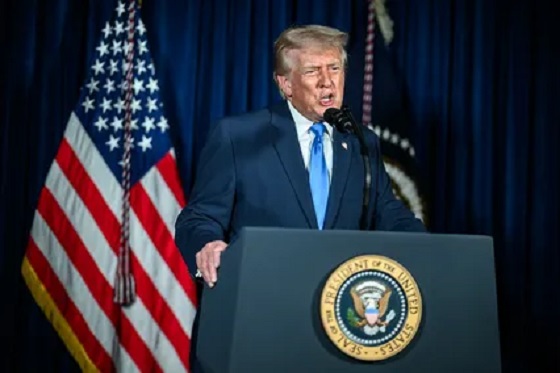
 Daily Caller2 days ago
Daily Caller2 days agoTrump Reportedly Escalates Pressure On Venezuela With Another Oil Tanker Seizure
-

 International1 day ago
International1 day agoAustralian PM booed at Bondi vigil as crowd screams “shame!”
-
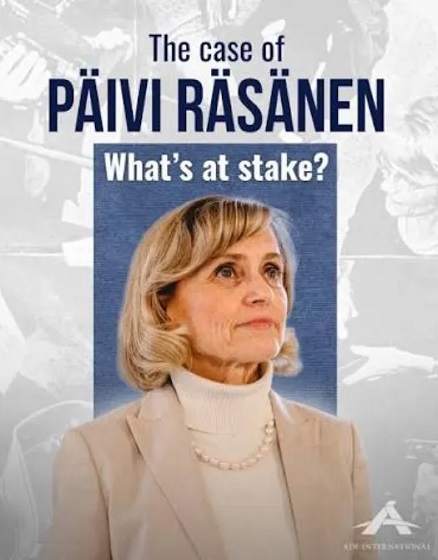
 Opinion1 day ago
Opinion1 day agoReligion on trial: what could happen if Canada passes its new hate speech legislation





